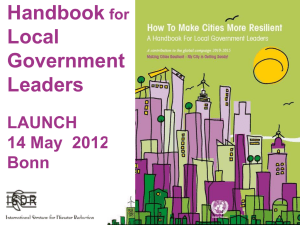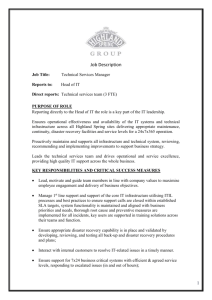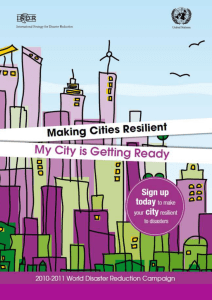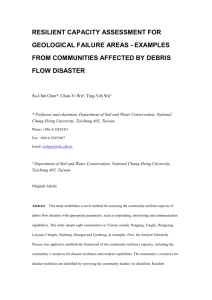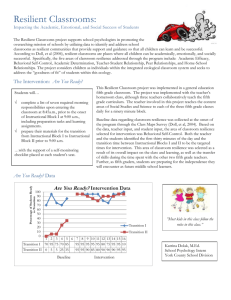ANNEX 1
advertisement
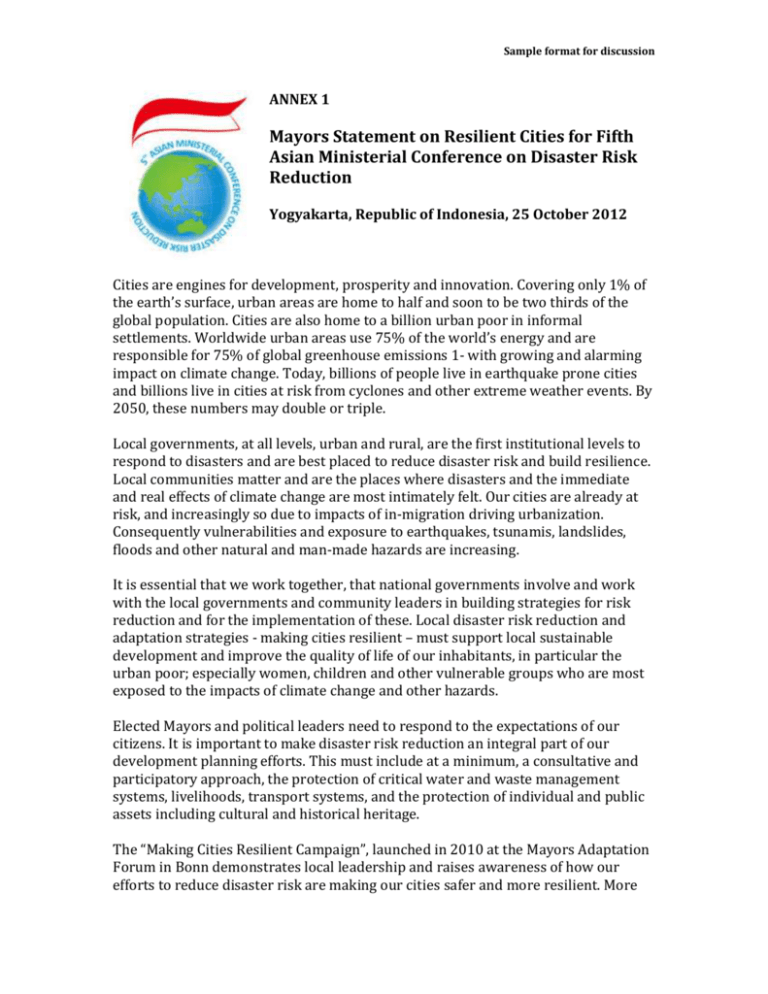
Sample format for discussion ANNEX 1 Mayors Statement on Resilient Cities for Fifth Asian Ministerial Conference on Disaster Risk Reduction Yogyakarta, Republic of Indonesia, 25 October 2012 Cities are engines for development, prosperity and innovation. Covering only 1% of the earth’s surface, urban areas are home to half and soon to be two thirds of the global population. Cities are also home to a billion urban poor in informal settlements. Worldwide urban areas use 75% of the world’s energy and are responsible for 75% of global greenhouse emissions 1- with growing and alarming impact on climate change. Today, billions of people live in earthquake prone cities and billions live in cities at risk from cyclones and other extreme weather events. By 2050, these numbers may double or triple. Local governments, at all levels, urban and rural, are the first institutional levels to respond to disasters and are best placed to reduce disaster risk and build resilience. Local communities matter and are the places where disasters and the immediate and real effects of climate change are most intimately felt. Our cities are already at risk, and increasingly so due to impacts of in-migration driving urbanization. Consequently vulnerabilities and exposure to earthquakes, tsunamis, landslides, floods and other natural and man-made hazards are increasing. It is essential that we work together, that national governments involve and work with the local governments and community leaders in building strategies for risk reduction and for the implementation of these. Local disaster risk reduction and adaptation strategies - making cities resilient – must support local sustainable development and improve the quality of life of our inhabitants, in particular the urban poor; especially women, children and other vulnerable groups who are most exposed to the impacts of climate change and other hazards. Elected Mayors and political leaders need to respond to the expectations of our citizens. It is important to make disaster risk reduction an integral part of our development planning efforts. This must include at a minimum, a consultative and participatory approach, the protection of critical water and waste management systems, livelihoods, transport systems, and the protection of individual and public assets including cultural and historical heritage. The “Making Cities Resilient Campaign”, launched in 2010 at the Mayors Adaptation Forum in Bonn demonstrates local leadership and raises awareness of how our efforts to reduce disaster risk are making our cities safer and more resilient. More Sample format for discussion than 750 local governments have signed up since the launch and have committed to the “ten essentials in making cities resilient” as a guide for action planning and monitoring. Many cities around the world are already developing and implementing local risk reduction and adaptation strategies in line with the Hyogo Framework for Action. At the conclusion of the Fifth Asian Ministerial Conference on Disaster Risk Reduction, participating Mayors and Local Authorities wish to make the following commitments: We commit to: TO BE FILLED IN We call upon participants of the Fifth Asian Ministerial Conference on Disaster Risk Reduction to: Commit to advancing TO BE FILLED IN In conclusion: We call upon the United Nations secretariat for the International Strategy for Disaster Reduction (UNISDR) to increase its commitment to managing the Making Cities Resilient Campaign as a part of its core programme. We further call upon the UNISDR secretariat to work with city networks, the UN Organizations and civil society organizations to sustain local preparations for disaster risk reduction, and building local resilience.
